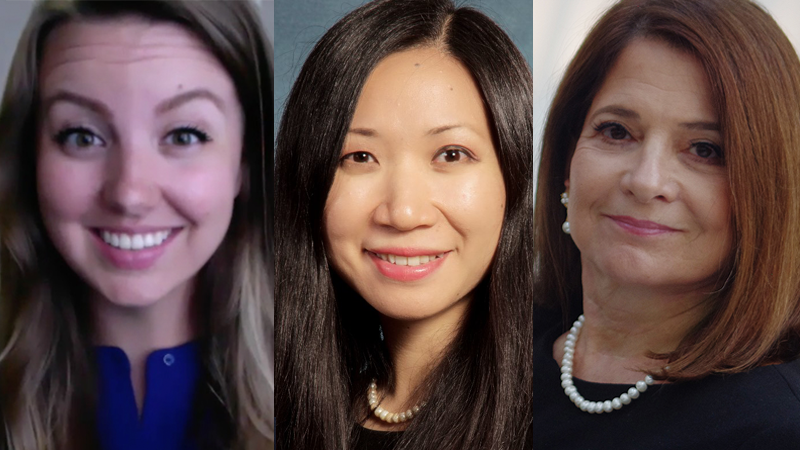Research in Progress: How Native American communication professionals address their roles in society
September 7, 2022

By Taylor S. Voges (doctoral student), University of Georgia; Yan Jin, University of Georgia; and Shelley Spector, Museum of Public Relations
The United States, very fortunately, houses many different cultures and peoples and, in recent years, people have spoken up on the importance of having and hearing these different voices.
Becoming attuned to voices different from a person’s “normal” is not easy and missteps have been made by people attempting to speak and attempting to listen. This give-and-take process reflects the complexity of human communication, though a core aspect remains: communication – no matter who it serves – should be both effective and ethical.
However, one culture(s) and group of people(s) continuously underserved and misunderstood are Native Americans. As one of the first multi-phase projects to tackle these challenging topics regarding Native Americans in public relations, this research serves to learn from Native American communication practitioners on how they view media portrayal, organizational communication, and society’s understanding of their traditions.
The media’s relationship with Native Americans has been turbulent. As described by Kopacz and Lawton, “mainstream media messages contain limited, distorted and negative images of Native Americans.” Many previous research approaches focus on stereotyping.
For instance, Curtin analyzed racial identity as related to the Fred Harvey Company, Merksin has explored the stereotypes associated with American Spirit Cigarettes and the American Indian woman, and Kopacz and Lawton used a content analysis to examine stereotypes of Native Americans on YouTube.
In addition to the focus on stereotypes, researchers frequently use case study analysis and media portrayals as a way to understand Native Americans. Correction, it appears most media analyses are ways to understand others’ perceptions and understanding of Native Americans.
The first phase of our current research focuses on analyzing a previously recorded public panel, wherein eleven Native American communication practitioners spoke on various issues like historical misunderstandings, media stereotyping, and current issues facing Native American communicators. Using Hallahan’s public relations framing typology (example categories include: attributes, issues, and responsibility), we applied a deductively guided textual analysis to understand how Native American practitioners perceive their role in mass communication. Below are some standout quotes that represent Native American perceptions of mass communication:
Communication provides both a challenge and an opportunity for society. A challenge because, as seen in previous research and in the various quotes, the media can exacerbate misunderstandings, stereotypes, and the level of hurt between two different groups of people. A further challenge is presented when the question becomes “what do we do with the knowledge we do gain about another culture or group of people?” This question dovetails directly into the second and third phases of our research project.
We plan to conduct both historic and qualitative research methods to gain insights into how organizations can, from a Native American communication practitioner perspective, effectively and ethically include, represent, and cater to these groups of people. These insights will be combined with our historic review of Native American representations from historic communications to provide a holistic review and connect the past to present understandings. These upcoming insights emphasize the necessary actions organizations should be prepared to take to communicate with historic peoples. The ultimate goal, and third phase of our research, is to take these key action insights and prepare them for broader organizational consumption via education materials.
Ethical communication is a process–one that should be revisited and intentionally upheld and understood. We urge people to – in a world obsessed and preoccupied with speaking – to take time to listen to others.
In the meantime, if you, a friend, or colleague know of a great tribal education resource, please feel free to reach out to Shelley Spector at shelleyspector@prmuseum.org.

